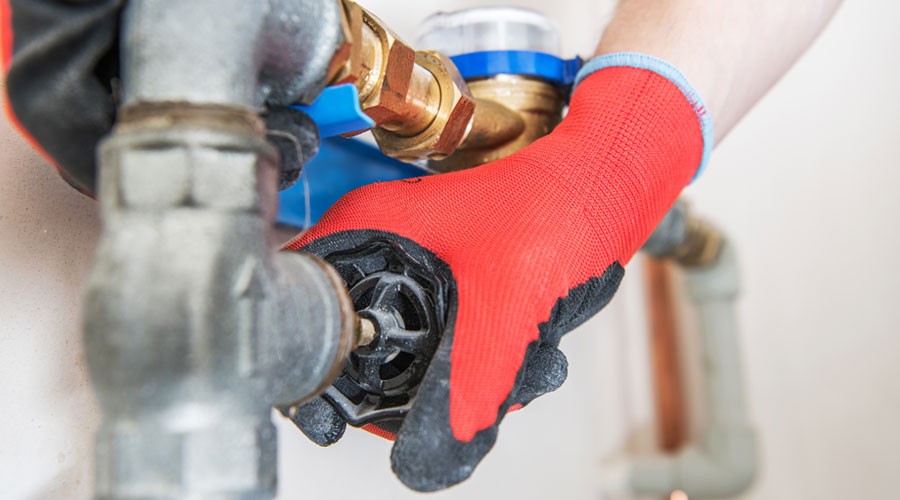
At What Temperature Do Pipes Freeze in Canada?
In Canada, where winters can be extremely harsh, it’s crucial for homeowners to prepare their plumbing systems for the cold. This not only prevents inconvenience but also safeguards against expensive repairs.
Understanding Pipe Freezing
When temperatures plunge, especially to single digits, pipes can freeze and burst. Metal pipes contract in extreme cold, and the water inside them expands as it freezes, leading to increased pressure and potential ruptures.
Temperature Thresholds for Pipe Freezing
Pipes are at risk when the temperature falls to 0°C (32°F) or below. However, factors like wind chill and regional climatic differences can affect this threshold. Unheated spaces like attics, basements, and garages are particularly vulnerable.
Impact of Freezing Pipes
Frozen pipes can disrupt the water supply and potentially burst, causing significant water damage and repair costs.
Preventative Measures
- Heating Your Home: Maintain a consistent temperature above 15°C, even when away, to prevent freezing.
- Insulating Pipes: Use fiberglass, foam, or heating tape for pipes, especially those in colder areas like Alberta.
- Sealing Cracks and Openings: Close any openings that allow cold air in, especially in areas where pipes are located.
- Draining Pipes: Turn off the water supply to outdoor areas and drain the pipes before winter sets in.
- Keeping Water Moving: Let faucets connected to exposed pipes drip with cold water to prevent freezing.
- Covering Crawl Spaces and Hose Bibs: Seal crawl spaces with foam and cover hose bibs for added insulation.
- Winterizing Outdoor Systems: Drain and insulate outdoor sprinkler systems and move garden hoses indoors for the winter.
Recognizing Frozen Pipes
Signs of frozen pipes include reduced water flow, frost on exposed pipes, and unusual odors from drains indicating potential ice blockages.
Emergency Responses
- Actions for Frozen Pipes: Shut off the main water valve, open a faucet, and apply heat to the frozen section using a hairdryer or heating pad until water flow returns.
- Measures When Away: Ensure the thermostat is set at a safe temperature, and have someone check your home periodically.
Wrapping Up: Staying Ahead of the Freeze in Canadian Winters
Preparing for winter in Canada involves a proactive approach to protecting your plumbing. By understanding the risks and implementing these strategies, homeowners can significantly reduce the likelihood of pipe freezing and the associated damages.
